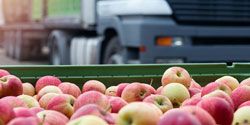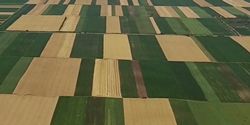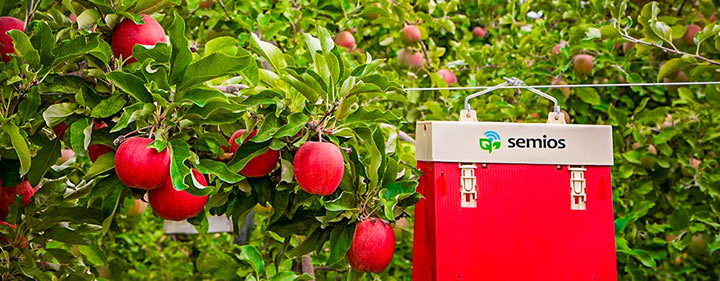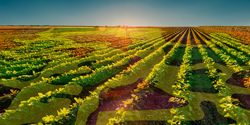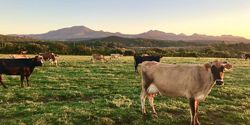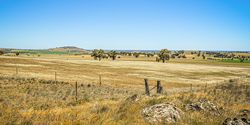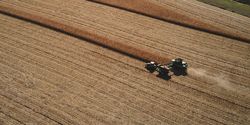History of Plant Breeding Software
We're working on AI models for outlier detection, phenotype prediction, and integrating environmental data like weather or soil conditions. It's still early days, but the potential is huge. We believe AI should assist breeders, not replace them.
Agnomy - Making Ag Services Easier for Farmers
Whether managing hundreds of acres or just getting started, Agnomy makes sourcing services vital to your operation easier. For farmers who may not yet have the benefit of a large network, finding the right service providers shouldn't be another obstacle.
A Data-First Strategy for Big Ag Digital Transformation
With AI and generative AI increasingly at the center of many digital transformation initiatives, data is also core to success with these technologies. So, how can big ag leaders make sure they have the right approach in place to ensure their data is ready for success?
Expanded API Now Available for the Trimble Agriculture Cloud, Creating an Open Environment Benefiting Farmers and Their Partners
The availability of this API represents the next evolution of connectivity for agriculture integrators by coupling in-field devices and operational workflows for enabling compatibility with both Trimble and third-party agriculture applications.
How Synthetic Data will Revolutionize Agriculture
Synthetic data is not a replacement for original data, but a secondary source, one that can reduce the time, cost, and effort in obtaining original data. It offers great potential in reducing the time and investment of bringing new agricultural products to market.
3 Ways Agribusinesses Can Protect Their Data
Agribusinesses must take data security seriously as data becomes more valuable to cybercriminals. Three best practices for protecting digital information include securing endpoints, choosing vendors wisely, and knowing where data resides.
Four Strategies for Food Supply Chain Management
To fully control their food supply chain, companies should ensure the reliability of demand forecasts, use historical data to inform anticipated lead times, create and maintain a safety stock, and utilize software to attain precision and dependability.
How to Use Data Collection for Cannabis Cultivation
Data is king in modern business, and cannabis cultivation is no different. To understand precisely what's happening in every room of your grow facility, your facility needs a robust system of data collection and analysis.
2021 Top Article - Advancements in Precision Agricultural Insights
In five to 10 years we will see more aerial and ground robots operating alongside the farmers. And farmers will be able to proactively manage their farms using modern AI capabilities and generate better yields and profits-with optimum sustainability.
Semios acquires Agworld to form independent global AgTech powerhouse
Together, Semios and Agworld will form one of the largest independent AgTech solutions providers in the world, servicing growers, agronomists and ag retailers in the US, Canada, Australia, New Zealand, Europe and South Africa.
Case Study: Improving Farm Efficiency
Farmers Edge solutions delivered an integrated software platform that helped the Tollefson Farm become more predictive on a number of fronts.
Building a True IoT Ecosystem for Smart Farming
When deploying standalone solutions, the challenge comes later on when they won't be able to aggregate data and will be forced to manage multiple systems with functionalities that overlap, therefore losing the power of an interoperable system.
How Farmers Are Using Technology to Secure Their Land and Equipment
The increased utilization of precision agriculture has resulted in more data breaches. Precision agriculture is a management system that relies on measuring and quantifying vast amounts of data to improve yields and decrease inputs.
Safeguarding Your AG Data
When we talk about data safety, it's quite easy to just think about cyber security, hacking or any other digital pathways through which data can be lost. But, if ag data is not online, how much safer is it really?
How to Improve Field Data Accuracy for Better Farming Decisions
Calibrating your yield monitor is an effective step toward accurate data, but it also helps if you take another look at the data you collected from planting and harvest before you use it for decision making.
Records 1 to 15 of 22
Featured Product
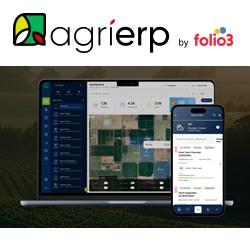
agrierp - Your One-Stop Farm Management Software
AgriERP is an all-in-one, comprehensive farm management suite, built by the farmers for the farmers to maximize profits. Built on the powerful ERP of Microsoft Dynamics 365, AgriERP enables farming enterprises to manage every aspect of their farm from financial management, inventory management, supply chain & logistics management, crop management, operations management, resource management, to sales, contracting, & shipping - All in a centralized platform.

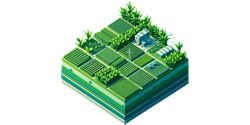


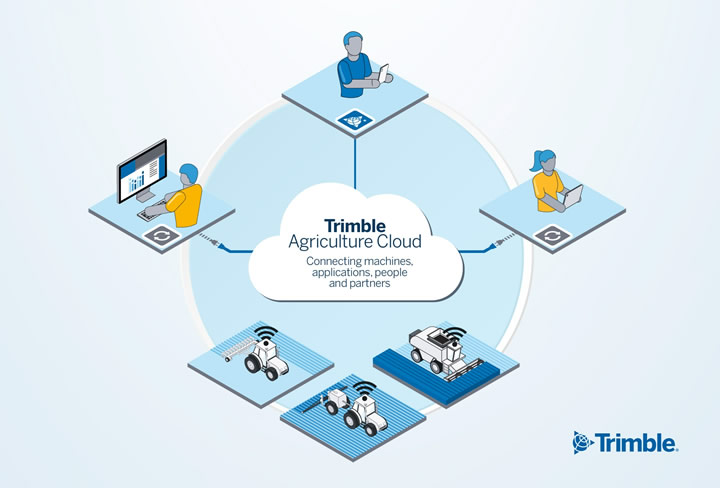

.jpg)
